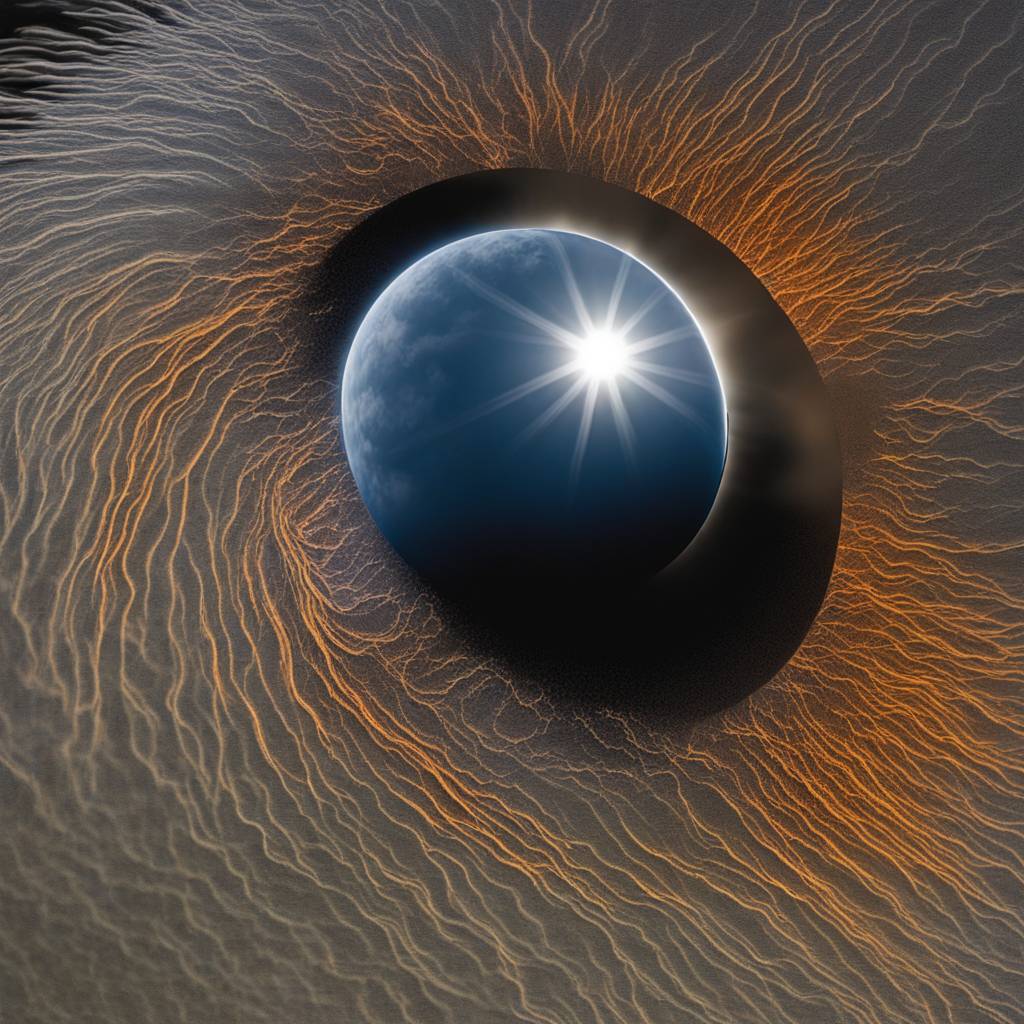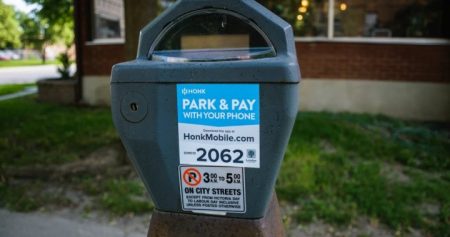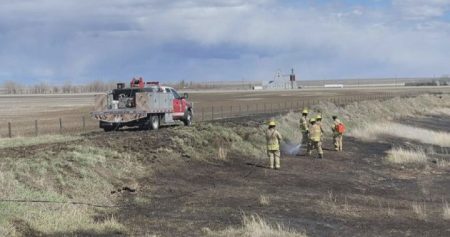Millions of Canadians in the eastern part of the country are gearing up to witness a rare celestial event – the total solar eclipse. This event will be visible in several communities, with cities in the path of totality expected to see a surge in visitors. For those unable to be in these communities on Monday, there are still ways to watch the total solar eclipse. Globalnews.ca will be live streaming the event as it moves across North America. The coverage will include NASA footage from cities like Dallas, Texas, Cleveland, Ohio, and Mazatlán, Mexico. Global News will also provide on-location coverage from Niagara Falls, Ontario, where a state of emergency has been declared due to the anticipated influx of eclipse watchers. The live stream will begin at 1 p.m. eastern time on Globalnews.ca and the Global News YouTube channel.
Niagara Falls is among the cities included in the path of totality, which extends across parts of Quebec, New Brunswick, Prince Edward Island, Nova Scotia, and Newfoundland and Labrador, as well as various regions in the U.S. and Mexico. Cities and towns outside the path of totality will still witness a partial solar eclipse, depending on their location. In Canada, the total solar eclipse will begin at 3:12 p.m. ET and end at 4:16 p.m. ET. A partial eclipse will be visible in the country between 1:40 p.m. ET and 5:18 p.m. ET. The event can also be viewed on Global’s 24/7 live national stream for the latest updates, including live shots of the eclipse and on-the-ground coverage. This unique astronomical event is expected to draw significant interest and excitement from skywatchers across the region.
For those unable to physically watch the total solar eclipse, the Exploratorium, a San Francisco-based museum of science, technology, and the arts, has created an innovative solution. They will be running a live sonification of the event on their website. A sonification is a method used to convey information through sound. In this case, it will represent the amount of light coming from the sun during the eclipse. The LightSound Project will also be hosting a livestream of the total solar eclipse from 2 to 4 p.m. Eastern time. Started in 2017, this project was created by a team of astronomers and academics to allow the blind and low vision community to experience a solar eclipse through sound. The team has been working on distributing devices to groups hosting eclipse events at no cost, further enhancing the accessibility of this celestial phenomenon.
This total solar eclipse presents a unique opportunity for Canadians, especially those in the eastern part of the country, to witness a rare and awe-inspiring celestial event. With live streaming options available through Globalnews.ca and the Global News YouTube channel, viewers from across the country can still experience the event even if they are not in one of the cities in the path of totality. The live coverage will include NASA footage from various cities and on-location reporting from Niagara Falls, Ontario. Additionally, cities and towns outside the path of totality will have the chance to witness a partial solar eclipse, adding to the excitement surrounding this event.
As the total solar eclipse unfolds, viewers can also explore alternative ways of experiencing it through innovative projects like the Exploratorium’s live sonification and the LightSound Project’s live stream. These initiatives aim to make the eclipse accessible to a wider audience, including the blind and low vision community. By providing sound representations of the phenomenon, these projects offer a unique perspective on the eclipse and allow for a deeper understanding of the celestial event. Overall, the total solar eclipse will be a captivating experience for Canadians, and these additional resources enhance the accessibility and enjoyment of this rare event for all.















